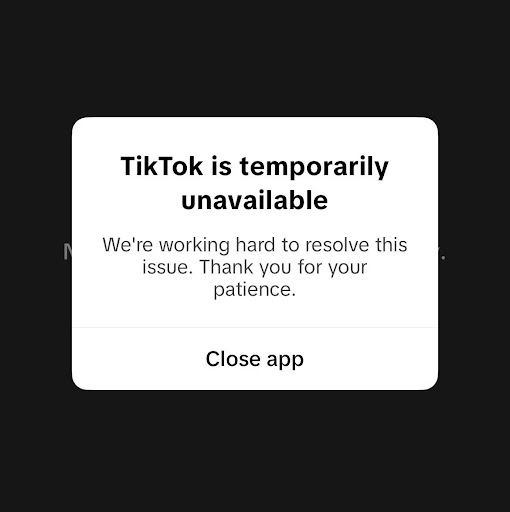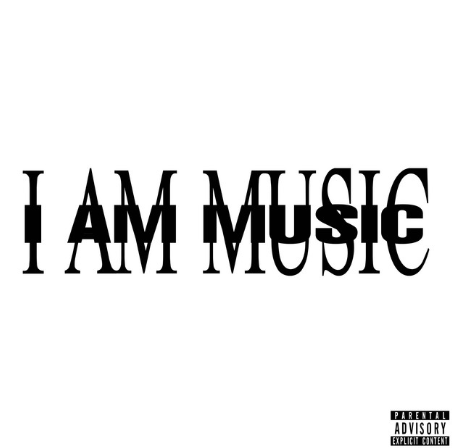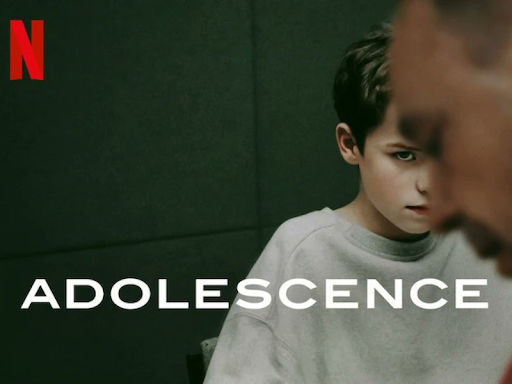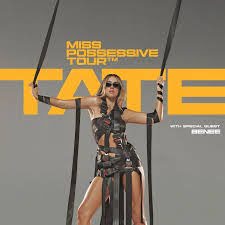
On Sunday, January 19th, millions of Americans let out a sigh of relief as the app TikTok was returned to their phones after a fourteen-hour shutdown. But why did this happen? And what is the future of TikTok?
This saga began back in April, when former president Joe Biden signed a bill requiring TikTok, owned by the Chinese company ByteDance, to sell the platform to a U.S. provider or face a shutdown. The law was signed in fear of a national security risk due to China’s involvement, citing “the threat posed by foreign adversary controlled applications” (NBC). This decision was taken to the Supreme Court, citing a violation of the First Amendment’s Free Speech protections. SCOTUS upheld the ban. Attorney General Merrick Garland defended this decision, saying that it allowed “the Justice Department to prevent the Chinese government from weaponizing TikTok to undermine America’s national security” and that “Authoritarian regimes should not have unfettered access to millions of Americans’ sensitive data” (NBC).
Since the 2020 pandemic and quarantine, the app has become a staple for millions of Americans to spread trends, music, news, and promote small businesses. “TikTok has become a part of my life now. Taking it away is like taking away a habit,” mentioned Ramapo senior Mckenna Houston. Many content creators and users anticipated the immediate end of TikTok in the United States and began to move to apps like Instagram, YouTube, or even the Chinese-owned app RedNote, which carries vast similarities to TikTok. Ramapo U.S. Government and Politics teacher Mr. VanderMolen cautions students to “think about the reasons why TikTok was banned in the first place before downloading RedNote as an alternative.”
A short time after TikTok became unusable in the United States, it was quickly restored, and TikTok released a statement on the app X (formerly known as Twitter), saying “In agreement with our service providers, TikTok is in the process of restoring service. We thank President Trump for providing the necessary clarity and assurance to our service providers that they will face no penalties providing TikTok to over 170 million Americans and allowing over 7 million small businesses to thrive” (X). Despite support for a TikTok ban during his last term, President Trump recently became opposed to the idea and, on a phone call with NBC News, said he would likely give the app a 90-day extension (NBC).
These recent events reflect a new and ongoing debate about the place of social media within today’s world, as well as the protection of free speech online. Mr. VanderMolen commented that “In the last 20 years, since the dawn of social media, the U.S. government as well as SCOTUS have consistently ruled on the side of social media companies and the protection of free speech. I am sure there will be many more cases related to free speech and social media in the future – this is just the tip of the iceberg.”
The future of TikTok is unclear, and users will simply have to wait and see whether the incoming administration proposes to keep the app, sell it to a U.S. provider, or initiate another shutdown.





